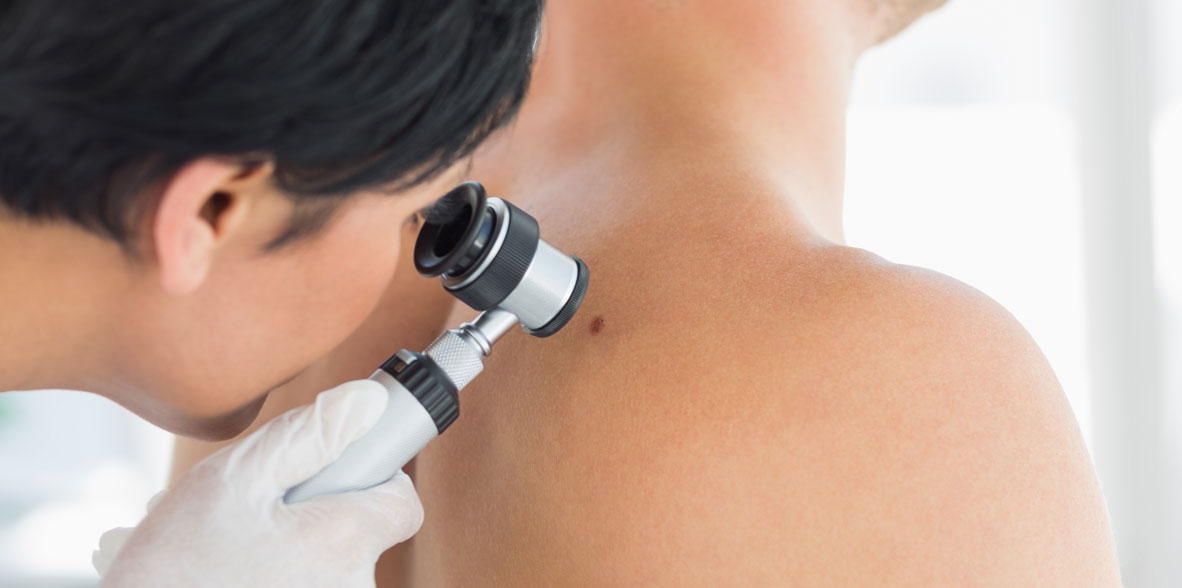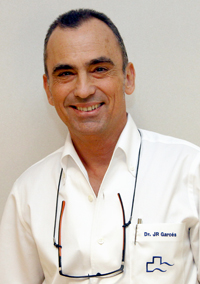

 Centro Médico Teknonen/health-centers/centro-medico-teknon
Centro Médico Teknonen/health-centers/centro-medico-teknon Centro Médico Teknonen/health-centers/centro-medico-teknon
Centro Médico Teknonen/health-centers/centro-medico-teknon- Hospital Quirónsalud Barcelonaen/health-centers/hospital-quironsalud-barcelona
- FACULTATIVO ESPECIALISTA DERMATOLOGÍADermatología Médico-Quirúrgica y VenereologíaCentro Médico Teknonen/health-centers/centro-medico-teknon
- Centro Médico Teknonen/health-centers/centro-medico-teknon
- Centro Médico Teknonen/health-centers/centro-medico-teknon
- FACULTATIVO ESPECIALISTA DERMATOLOGÍADermatología Médico-Quirúrgica y VenereologíaCentro Médico Teknonen/health-centers/centro-medico-teknon
- FACULTATIVO ESPECIALISTA DERMATOLOGÍADermatología Médico-Quirúrgica y VenereologíaCentro Médico Teknonen/health-centers/centro-medico-teknon
- FACULTATIVO ESPECIALISTA DERMATOLOGÍADermatología Médico-Quirúrgica y VenereologíaHospital Quirónsalud Barcelonaen/health-centers/hospital-quironsalud-barcelona
Although different types of skin cancer have different appearances, any lesions (spots, scabs, scars, wounds, lumps, freckles, etc) liable to appear, change in appearance, bleed or grow without apparent motive, do not go heal by themselves or otherwise get worse must receive attention from your dermatologist. Pain is not a significant sign, since skin cancer is rarely painful.
- Basal Cell Carcinoma
 The most typical sign is a small, hard or lumpish scar resembling a drop of wax, though somewhat more translucent, with small blood vessels on the surface. It is not painful and may bleed spontaneously, only to scab over before bleeding again. Its growth is slow and may be noticed over a period of months. It is almost always located on the face, especially around the nose, although it may appear on any part of the body. It may become very destructive if allowed to develop. On the trunk it may resemble a well-defined rough area of skin with a "dirty" appearance, slow growth and slight soreness.
The most typical sign is a small, hard or lumpish scar resembling a drop of wax, though somewhat more translucent, with small blood vessels on the surface. It is not painful and may bleed spontaneously, only to scab over before bleeding again. Its growth is slow and may be noticed over a period of months. It is almost always located on the face, especially around the nose, although it may appear on any part of the body. It may become very destructive if allowed to develop. On the trunk it may resemble a well-defined rough area of skin with a "dirty" appearance, slow growth and slight soreness.
- Spinocellular carcinoma (squamous cell carcinoma)
 Often appears as a nodular lesion of the "wart", "lozenge" or "horn" type. These lesions are hard, reddish in color, opaque, surrounded by slight inflammation and have faster growth. They are commonly found on sun-exposed areas of the body, such as the back of the hands, the lower lip, the lower neckline, the ears, the forehead, and the scalp in bald patients.
Often appears as a nodular lesion of the "wart", "lozenge" or "horn" type. These lesions are hard, reddish in color, opaque, surrounded by slight inflammation and have faster growth. They are commonly found on sun-exposed areas of the body, such as the back of the hands, the lower lip, the lower neckline, the ears, the forehead, and the scalp in bald patients.
The cancerous cells are sometimes confined for a while to the epidermis (the outermost layer of the skin). They have a slower growth rate without invasion. These spinocellular carcinomas in situ go by the name of Bowen's disease or erythroplasia of Queyrat (when they appear on the glans penis).
Other flat lesions, reddish in color, with scaling and spicules, and found on the same areas of the body of people with fair skin, may be the forerunners of this type of cancer. Regarded by some authors as true superficial spinocellular carcinomas, they are known as actinic or solar keratoses (AK). They have a very high incidence rate and are likely to reappear. Although they are benign, their importance as lesions signalling the appearance of spinocellular carcinomas makes them the target of tests for multiple treatments aimed at tackling skin cancer at its inception: before it appears.

Actinic keratoseson the back of the hands of a patient with fair skin (illustration above). Detaii of the same lesions.Scaling with spike-like spicules can be seen, with surrounding inflammation (illustration below). - Melanoma
An irregularly pigmented freckle or mole (brown, black, red, white, gray, blue), asymmetric, flat or raised, with irregular borders, usually larger than 0.6 cm in diameter, which may bleed, change shape or grow… Also the appearance of a new lesion on any part of the body that "looks like a freckle", grows bigger, changes shape or texture. The best-known rule for recognizing a melanoma is ABCD:
A= Asymmetry
B= Border (irregular)
C= Color (variable)
D= Diameter generally greater than 6 mm A for asymmetry
A for asymmetry
Melanomas acquire an asymmetric shape. B for border
B for border
Melanomas have borders that are notched and irregular in outline. C for color
C for color
Melanomas usually have a varied range of colors:
brown, beige, blackish, bluish, etc. D for diameter
D for diameter
Melanoma normally measure more than 6 mm in diameter.- Important
Most skin changes and lesions are not associated with cancer. If you believe you have a skin lesion that may be associated with skin cancer, do not hesitate to see your doctor or dermatologist, since accurate diagnosis is painless and easy to perform. Remember that in most cases total cure can be achieved by early diagnosis.



































